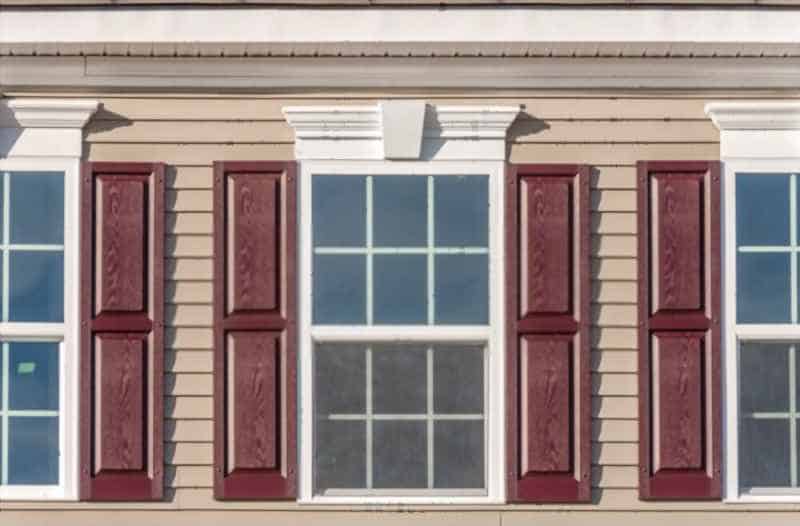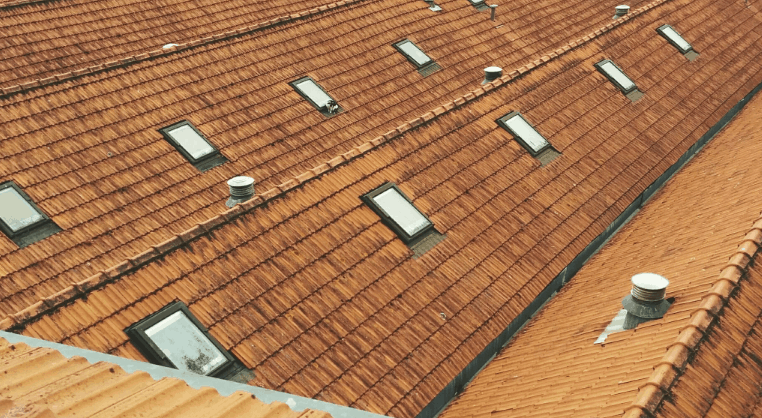J channel is a need that you might have never noticed that you need it until today. Your window might have a siding already but without a J channel siding it might have been missing out the best protection that it can ever get. Installing it might seem a bit tricky but it’s not essential for you to call a professional for it. All you need is a bit of proper guidance today and you can install a J channel.
So, the question is how to install J channel under existing siding?
Start with taking the measurements of the dimension and size the J channels according to it. Then, adjust and install the bottom J channel. Sequentially go for the sides and then for top J channels to finish it off.

So, let’s not stay put only at this sneak peek and get deep into it-
Grab These Essentials
If you want the whole installation process easier and faster to get done with, there are some tools that’ll undoubtedly make it possible for you to do so.
So, let’s have a sneak peek of those things that’ll make your work a lot easier than you can imagine today-
Snip Cutter
Snips are generally used to cut metal and other tough webs. However, you’ll be using these as scissors for the J channels to cut them as we require them to be.
- We Recommended: CRAFTSMAN Snip Cutter (Link from Amazon)
Brad Nailer
Brad nailers are without a doubt the best alternatives for the hammers. They are basically battery-powered nail guns that’ll help you nail your J channel to the surface in seconds.
- We Recommended: DEWALT 18GA 5/8-Inch Brad Nailer (Link from Amazon)
Circular Saw
A circular saw is a powerful tool that is used for cutting wood generally. But it can cut metal pieces like the J channel to any required shape.
- We Recommended: SKIL 5280-01 Circular Saw (Link from Amazon)
8 Steps On How To Install J channel Under Existing Siding
Let us start by asking you a question.
What do you think a J channel is and what might be the purpose of it? The simple answer is that it’s just another siding to the existing siding that might save you from bigger losses in the future.
You see, the J channel is used around the windows and doors. These are used inside corners and where the sidings meet the soffit or roof at an angle.
If you ever felt intimidated by the whole process of installing a J channel, then we’re sorry that you had to face such a thing. Because it’s quite easier than you think.
Most of the people forget to go through the right process and get all confused about when the J channels don’t fit correctly in places.
Isn’t it obvious for you to fail when you’re not on the right path? So, let’s check out the correct way to installing the J channel under the existing siding all by yourself-
Step 1: Take The Measurement Of Existing Siding
First, you need to start by taking the correct measurement of all the sides. As you have an existing siding, you should measure that siding first.
It doesn’t matter if you’re going to install the J channel on a door or a window. Just make sure that you’ve covered all the sides of the existing siding.
Step 2: Size The J Channels
After you’re done with taking the measurements of the existing siding, you need to cut the J channels according to that size.
So, bring out the J channel and measure it according to the size of the existing siding.
Now you need to take an extra 2 inches and use a marker to mark at that place.
You see, those extra 2 inches of the J channel will work somewhat like a clip that’ll give it structural support.
It’s time for you to turn on the circular saw and start cutting at the marked area of the J channel.
As most of the time, people use it around windows or doors, which means that you’ll need 4 J channels for your project.
Cut 2 of the J channels with an extra 2 inches for the height and other 2 for the width.
Step 3: Adjust The Bottom J Channel
Now that you’ve prepared the J channels to proper sizes, you need to make a few adjustments to it.
Because that size adjustment is not enough for those J channels to fit perfectly together. So, in the beginning, you need to start with the bottom J channel.
As there are 2 inches extra left on every piece of the J channel, cut an inch out from each end from the bottom J channel. It’s going to be like a notch at both of the ends.
Step 4: Install The Bottom J Channel
After the notch is done with the bottom J channel, you need to set it in place and make sure that you have the measurement right.
Next up, you need to grab the brad nailer and nail on the J channel holes that’ll keep the J channel in place.
Generally, people use three nails. One on the middle side of the J channel and two on both sides.
However, the longer the J channel is, the more nails you’ll need to make it more settle.
Step 5: Adjust The Side J Channels
Here’s the thing-
When you made notches on the bottom J channels, you did it on both of the sides. In this case, you’ll be doing that on only one side.
Now the question is what’ll happen to the other side? Well, on the other side you’ll be creating a rain tab.
It’s really easy to make a rain tab. You see, at first, you need to miter the face of the side that’ll stay at the bottom when the j channel is vertical.
Take your snips and cut at both sides of the corner and bend it a bit. There you have your rain tab.
Basically this rain tab helps you make a picture frame format. This helps the water to run down rather than staying stuck at a place. The J channels of both of the sides should be the same as this.
Step 6: Install The Side J Channels
Time for you to get those side channels to get into their right place. Place them at the sides vertically and make sure that you have the bottom side with the bottom J channel.
Now, check to see if it’s a perfect fit or not at the corner. Sometimes you might find some extra space that’s blocking your perfect fit.
All you need to do is grab your snip cutter and cut off any extra inches of metal there. Just make sure that you have the perfect fit in the corner no matter what.
Step 7: Adjust The Top J Channel
When we’re dealing with the top J channel, we’ll need rain tabs on both sides of the J channel.
So, create a rain tab as before and set the J channel at the top of the existing siding.
Make sure that you’ve placed both of the side J channels before you’re setting the top J channel in place.
Step 8: Install The Top J Channel
Now it’s time for the final piece to set in place, the top J channel. So, when you put the top J channel in place, you need to notice the corners.
Just like all the other sides the top J channel also needs a perfect fit. You’ll figure out the same way if you have a great fit or not. Simply observe at the corner at the connection of two J channels.
Nail on the J channels to finish your project and make the whole structure complete.
Frequently Asked Questions
How does J Channel keep water out?
You see, you need to miter the ends of J-channels, which helps with drainage and can prevent water from entering in the first place. The water runs from the top horizontal channels and goes through the vertical channels on the side and drops away.
Does water get behind vinyl siding?
There’s a chance that the rainwater leaking from a gutter ends up behind the siding. That might even cause a wall to rot. You see, the vinyl is the rare siding product that remains completely unaffected by the water behind it.
What is the difference between F Channel and the J channel?
If you want something to provide you the nailing or stapling on the same surface as the soffit material, the F-channel is there for you in that case. On the other hand, the J-channel will provide you nailing perpendicular to the soffit.
Conclusion
Well, now you know how to install J channel under existing siding. Hopefully, you feel confident enough to do it on your own rather than calling a professional.
However, you need to watch out for the sharp edges and sharp tools that you’re going to use in this project.
It’s obvious to wear safety gear but also be very cautious about the sharp gears. Because hand gloves will not be enough when it comes to saving your hand from a brad nailer.






